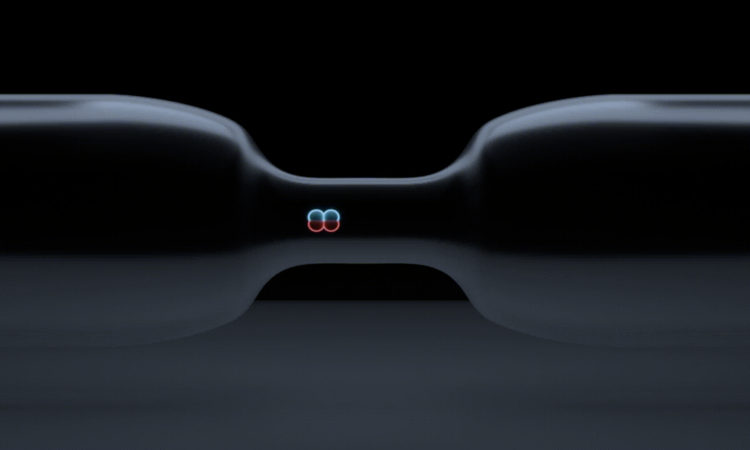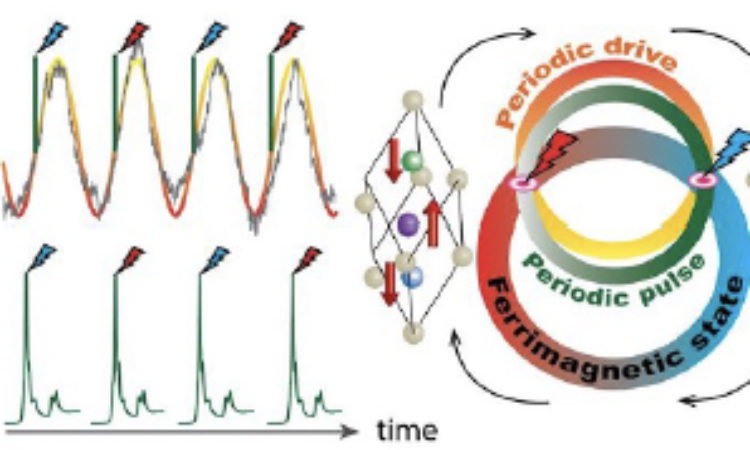Fractional antiferromagnetic skyrmion lattice induced by anisotropic couplings

By Oksana Zaharko, Paul Scherrer Institute
Based on article published in Nature
Magnetic skyrmions, swirling configurations with topological properties, typically exhibit nearly parallel alignment for neighbouring spins. Such particles with antiparallel near spins can be more easily controlled and are interesting for spintronic applications.
By combining neutron scattering experiments with extensive Monto Carlo simulations we identify a fractional antiferromagnetic skyrmion lattice in the MnSc2S4 spinel [1]. The observed triple-q state with the propagation vectors q=<0.75 0.75 0> is induced by magnetic field along the [111] direction. It can be reproduced in calculation by dominant exchange couplings extending up to the third neighbours perturbed by a weak anisotropic coupling along the first-neighbour bonds and a tiny single-ion anisotropy. This novel perturbation-dominated scenario is possible in MnSc2S4 due to the enormous ground-state degeneracy of the spiral spin-liquid realized by Mn2+ ions occupying the diamond lattice [2].
Our work demonstrates that the theoretically proposed antiferromagnetic skyrmions can be stabilized in real materials.

Figure. The diamond lattice of Mn2+ ions in the MnSc2S4 spinel is composed of Mn2+ triangular lattice layers along the [111] direction (a), which can be divided into three sublattices. The fractional skyrmions with opposite winding directions in one sublattice (b) are described in the two spheres shown on the right.
[1] //doi.org/10.1038/s41586-020-2716-8
[2] DOI: 10.1038/NPHYS391
Photo credit: PSI



